Dr. José Antonio Souza possui graduação (1999), mestrado (2002) e doutorado (2006) em Física pela Universidade de São Paulo. Em 2006-2007 realizou um programa de pós-doutorado na Montana State University – EUA. Atualmente é Professor Associado IV na Universidade Federal do ABC.
Estudou materiais magnéticos e sistemas eletrônicos fortemente correlacionados apresentando diversos fenômenos físicos importantes como efeito de magnetorresistência colossal, supercondutividade, transição magnética, transição de fase metal-isolante e acoplamento magneto-elétrico.
Atualmente, atua na área de Física da Matéria Condensada, com ênfase em Síntese e estudo das Propriedades Estruturais, Magnéticas, Ópticas e de Transporte Elétrico em materiais semicondutores e magnéticos abrangendo materiais magnetoelétrico, multiferróicos e aplicados a spintrônica. Esses materiais são sintetizados de diversas formas: bulk, filmes finos, nanopartículas, nanofios, nanotubos.
Dr. Souza foi o primeiro Coordenador do curso de Bacharelado em Física da UFABC. Atuou fortemente na construção do projeto pedagógico do curso, responsável por conduzir todo o processo de criação junto as instancias superiores (ConsUni e ConsEPE) da UFABC até o reconhecimento do curso junto ao INEP / Ministério da Educação. Dr. Souza também coordenou por dois mandatos consecutivos esse PPG-NMA. Liderou o programa durante o processo de avaliação da CAPES (quadriênio de 2017 a 2020), que resultou no aumento de sua nota de 5 para 6 e o inseriu no seleto grupo Proex-CAPES (Programas de excelência). Foi reconduzido ao cargo de coordenador do PPG-NMA para o terceiro mandato com início em 06/2024.
Prof. José Antonio Souza coordena o grupo de Pesquisa em Nanomateriais Semicondutores e Magnéticos (grupo PeNSeM) composto por alunos de iniciação científica, mestrandos e doutorandos além de pesquisadores colaboradores. O principal objetivo do grupo é sintetizar e estudar as propriedades químicas e físicas em diversos materiais de interesse de pesquisa básica e tecnológico. Nos últimos anos, Dr. Souza tem focado no estudo de materiais semicondutores (perovskitas de haletos) para aplicação nas áreas de energia (célula solar) e dispositivos emissores de luz (LEDs).
Desculpe, nenhuma publicação.






